The Weekly Anthropocene, February 19 2025
Giant rats & giant electrification plans in Tanzania, solar surges in Estonia, AI for the Great Barrier Reef, urban wildlife in Melbourne, California's MPA success, and more!
Tanzania
The African giant pouched rat (Cricetomys ansorgei) is intelligent, amiable, and has an excellent sense of smell, which has led to ingenious humans training them to detect land mines and tuberculosis cases. Now, they’re employed to help fight the illegal wildlife trade, sniffing for rhino horn, elephant ivory, and pangolin scales being trafficked through the airport and port of Dar es Salaam, Tanzania. Brilliant work!
In January 2025, over half of Africa’s heads of state joined representatives from the World Bank and African Development Bank at a meeting in Dar es Salaam to accelerate a bold plan to electrify the continent — with decentralized, abundant, and ever-cheaper solar power as the primary driving force. An array of lenders pledged $35 billion for African electrification — at relatively low interest rates — with half of that going to solar minigrids lighting up individual communities! (The World Bank’s share of this money is available, in part, thanks to last-minute moves by the ever-underrated Biden Administration. Thanks, Joe!)
As a condition of the loans, 12 African countries including Tanzania signed compacts pledging to allow private solar developers to compete with often-ineffective national grid monopolies, and 18 more are expected to follow suit shortly, a good sign for future progress. The meeting set a boldly ambitious goal of bringing electricity to half of the 600 million people currently powerless in Africa within six years. Between the unprecedented political wind and the technological tailwind of the solar revolution, they might just pull it off!
Tanzania’s pioneering electric passenger railway network continues to be built, with train service from Dar es Salaam to Dodoma beginning in 2024 and finished rail lines planned to reach Mwanza in 2026 and Kigoma in 2027. Great work!
Estonia
Estonia installed a record-high 513 MW of solar power in 2024, up from just 282 MW of solar in 2023, bringing its total national solar capacity to 1,325 MW. Electricity prices were zero or negative for 236 hours last year thanks to the liberatory abundance brought by this solar surge. The nation has built the largest solar farm in the Baltics (with a bigger one on the way!) and plans to generate 100% of its electricity from renewables by 2030. Great work!
United Kingdom
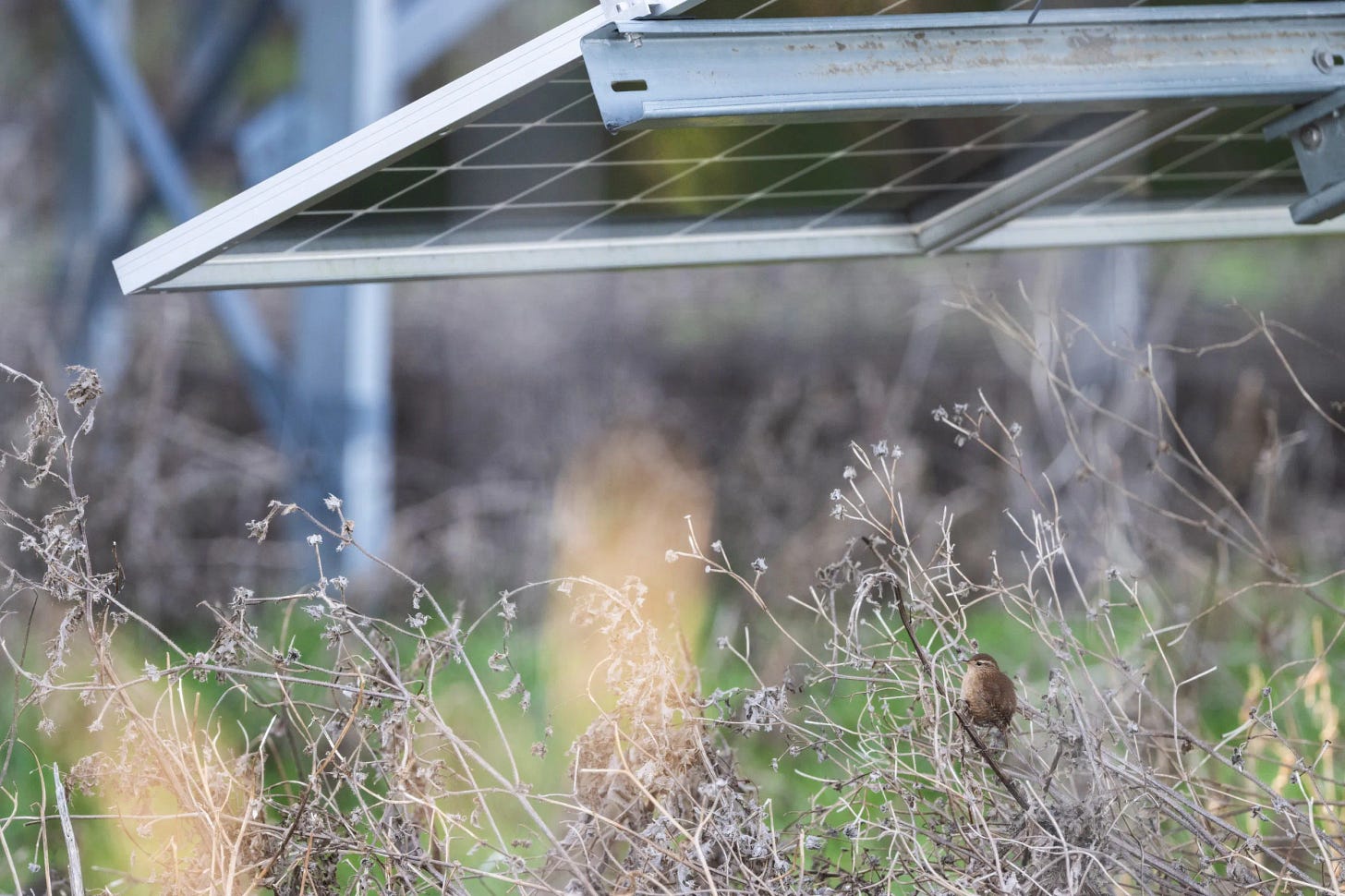
New research from the University of Cambridge and the RSPB has found that solar farms can be havens of abundance for wild birds. The study discovered that solar farms in East Anglia had both a higher number of bird species and more individual birds than adjacent non-solar lands. Furthermore, threatened bird species such as the Corn Bunting, Greenfinch, Yellowhammer and Linnet were much more abundant in mixed-habitat solar farms (i.e. those with no grass cutting, leading to lots of wildflowers) than in surrounding lands. One more entry in the growing body of research finding that solar farms can actively benefit local wildlife and ecosystems!
"Our study shows that if you manage solar energy production in a certain way, not only are you providing clean energy but benefitting biodiversity.”
— Dr Catherine Waite, Cambridge.
Ten more large solar farms are in the planning stage for the East of England!
The world’s largest-ever battery-powered seagoing ship is on the way, designed in the UK and currently being built at a Spanish shipyard for British company Bibby Marine. It will use a historically large lithium iron phosphate battery system set to be able to power the ship for over 16 hours, and can then rapidly recharge with a high-voltage offshore charging system. It should enter service in 2027, and will be used to help support offshore wind farm commissioning and operations. Spectacular work!
In January 2025, researchers found two greater mouse-eared bats (Myotis myotis) hibernating in southern England, at least one of which was a healthy adult female. The species is common in Europe, but went extinct in the UK in 1992. Until now, only a solitary male bat had shown up; the presence of a female raises hopes that the species could soon breed in Britain again!
The world’s first lab-grown meat product for pets is available for sale at a pet store in the UK. A product of London startup Meatly, it’s a treat for dogs and cats containing 4% cell-cultivated chicken meat. Great work!
The Bezos Centre for Sustainable Protein has launched at the Imperial College of London. Funded by the Bezos Earth Fund, they will research cell-cultivated meat, precision fermentation, and more! As America dithers, the UK has a great chance to emerge as a leader on the future of food.
Chad
A group of women refugees fleeing the genocidal conflict in neighboring Sudan have begun a reforestation project at the Adré refugee camp in the borderlands of Chad. They’ve so far planted over 300 fast-growing and aridity-tolerant neem trees (Azadirachta indica1), providing shade, oil, fruit, and crafting materials while helping counterbalance the desperate deforestation brought by a demand for firewood. The UN has distributed some improved cookstoves in the area to reduce firewood demand, but more investment is needed to scale up these promising community-based innovations. A worthy opportunity for anyone attempting effective altruism!
The African Development Bank has approved funds to build two small solar farms and a battery system on the outskirts of the Chadian capital city N’Djamena. Spanning the Sahara and Sahel, Chad’s solar power potential is incredible; this is likely just the start of the cleantech revolution benefiting one of the world’s poorest countries!
Czechia
A group of wild Eurasian beavers (Castor fiber) in Czechia2 created a biodiversity-boosting wetland and saved local taxpayers over $1.2 million by building several beaver dams on a gully in the Brdy region while local officials were still seeking permits to build a small water retention dam in the exact same place. Excellent work!
Australia
An international collaboration is integrating remote sensing, machine learning, GIS, AI, and ground-truthed data to create an unprecedented all-included databank and dashboard to monitor in real time the bleaching-battered Great Barrier Reef. Notably, AI analysis of an all-encompassing data network like this could enable predictive modeling that could empower conservationists to intervene and protect particularly vulnerable ecosystems before they reach a crisis point. Fascinating work!
Australian researchers have achieved a new world-record efficiency rate for an experimental solar cell made with kesterite, an emerging new PV material made with copper, zinc, tin, and sulfur. The team expects kesterite solar to be commercialized as soon as 2030. The renewables revolution is just beginning!
The Australian city of Melbourne is becoming another great example of thriving urban human/wildlife coexistence. The famously elusive, highly evolutionarily unique, and critically endangered plains-wanderer bird (Pedionomus torquatus) was recently detected in pockets of grassland in the west of Melbourne thanks to AI analysis of birdcall data.
And just offshore, a fast-growing snorkeling scene can enjoy the sight of the world’s largest seahorse species, the world’s smallest squid species, pregnant fiddler rays, centuries-old coral, and much more— all in clean, protected waters right next to Melbourne’s downtown. Excellent news!
United States
Grist has published an excellent interactive map of projects funded by the Inflation Reduction Act and Bipartisan Infrastructure Law across the United States — the Green New Deal that we must now fight to keep! Check it out.
Pennsylvania Governor Josh Shapiro has sued the incumbent administration for its manifestly unlawful and imbecilically economy-damaging freeze on already legally obligated Inflation Reduction Act funding. Much needed!
Leading energy analyst Michael Thomas at Cleanview has published a superb new report on the state of America’s burgeoning renewable energy industries. One of many fascinating highlights is that 2024 saw a surge of rapid solar energy growth in many deep-red states that had previously been laggards on cleantech, including Arkansas, Missouri, and Louisiana. Check out the full article!
American carbon drawdown startup Chestnut Carbon3 has raised $160 million to advance its work of planting new forests on tens of thousands of acres of former pasture and mono-crop farmland they will purchase in states including Arkansas, Texas, and Louisiana. Major brands including Mercedes and Microsoft have already signed deals to purchase the resulting carbon credits, which will be quantified with a new high-quality verification process. In a historically fraud-plagued sector, this looks like a promising new entrant with a potentially scalable carbon drawdown model!
The current U.S. administration has, for the first time, approved the disbursal of a Energy Department Loan Programs Office loan made under the Biden-Harris Administration. A biofuel refinery project to make sustainable aviation fuel in Montana has finally been given the funding it should have gotten earlier, thanks to lobbying by a Republican Senator from Montana. To be clear, a vast multitude of other already-obligated funding for vital projects to advance American technological leadership continues to be illegally held up (with even-less-legal threats of cancellation) and that’s absolutely unacceptable, but a small win is better than nothing.
San Antonio is building the largest local government solar program in Texas, with 14 new solar projects (including solar canopies over parking lots!) totaling 4.11 MW of capacity to power municipal buildings.
In Maine, the Penobscot Nation is planning to alter three dams to improve fish passage, allowing Atlantic salmon, alewives, American eels, and more to resume their migrations. Construction will likely begin in 2026.
Researchers have developed an AI tool to predictively model the presence of critically endangered North Atlantic right whales (Eubalaena glacialis) off the U.S. East Coast. They hope it can be used to guide ships to avoid the imperiled cetaceans.
In 1999, California passed legislation that soon created an unprecedented statewide network of 124 marine protected areas. Now, a new survey has found that these MPAs worked spectacularly, substantially increasing fish biomass across the network. Older and more strictly protected MPAs saw even better results. Conservation works!
This species is native to the Indian subcontinent, in yet another excellent example of helpful immigrant species making good.
Despite the company name, their afforestation projects don’t seem to be making use of the new blight-resistant American chestnut seedlings being developed by bold conservationists — they should consider it!





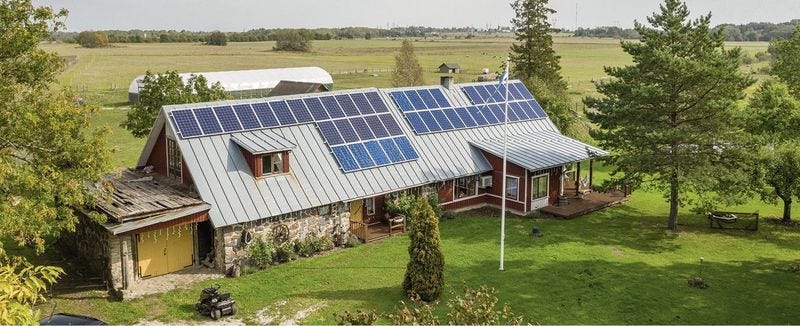

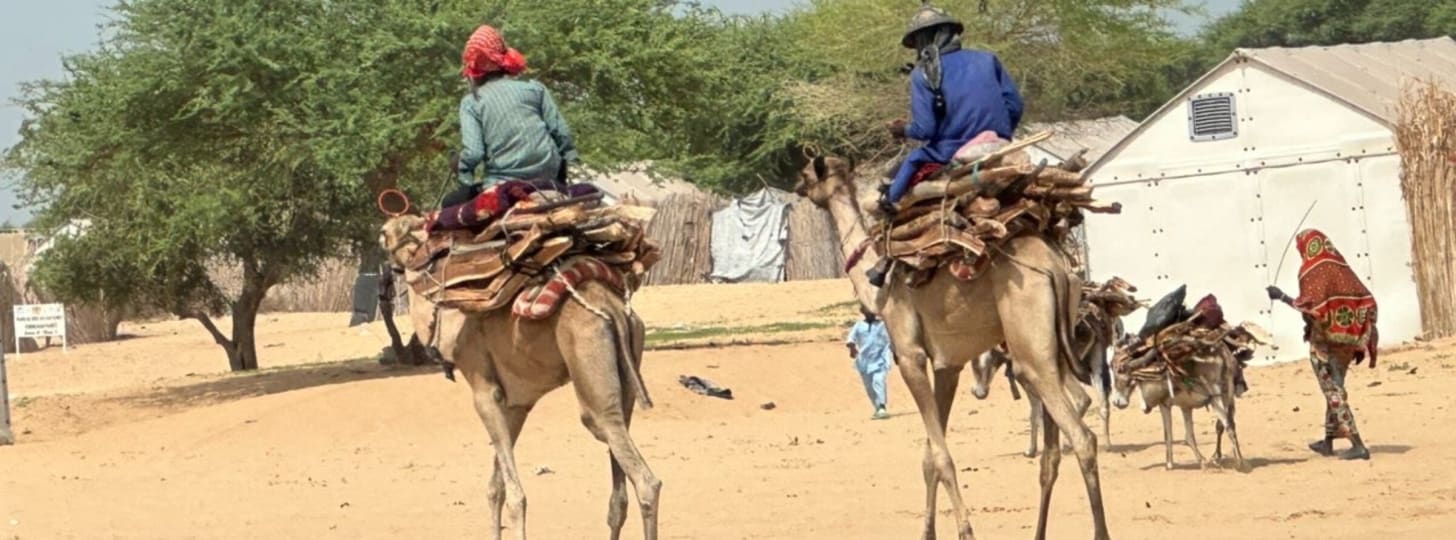

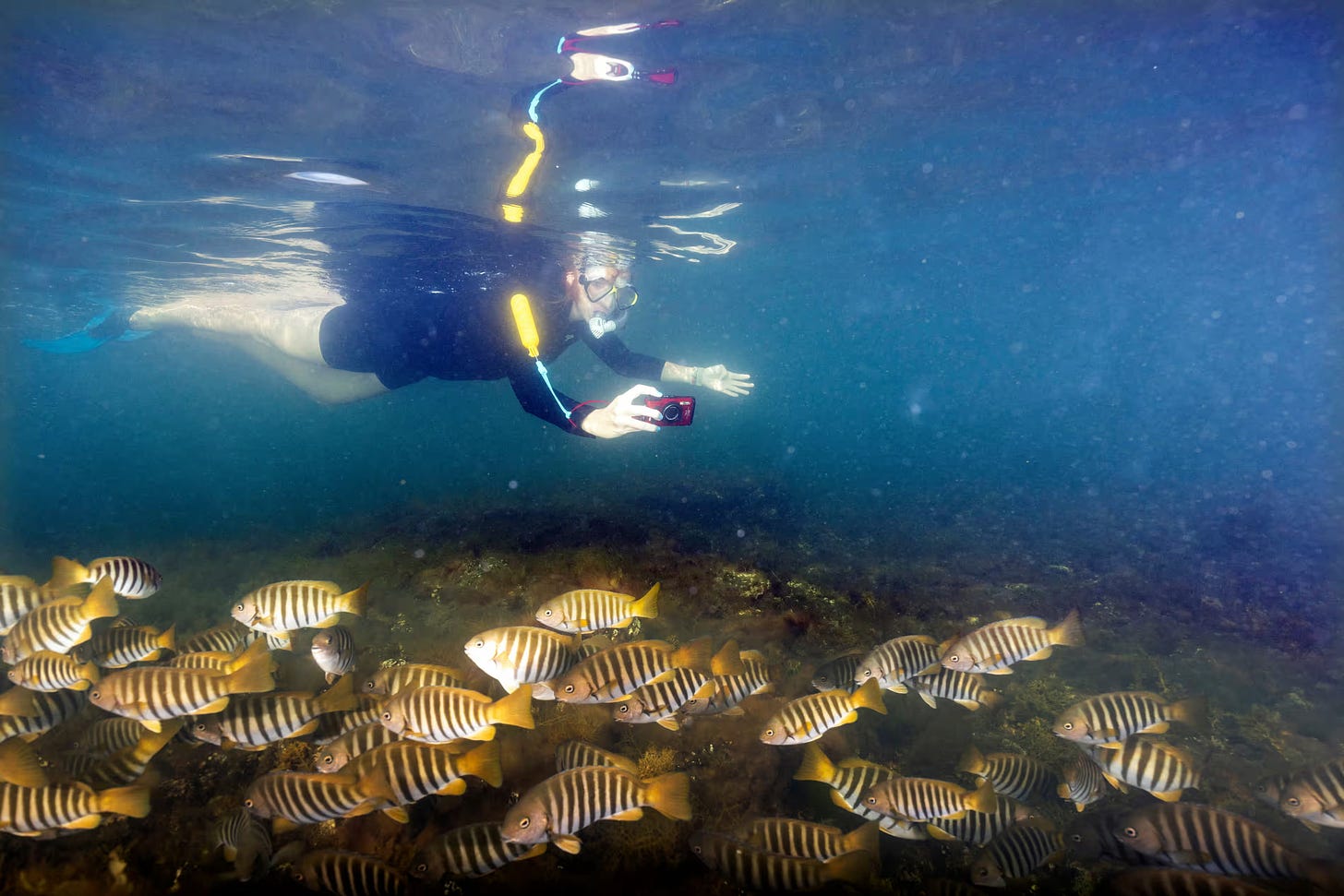
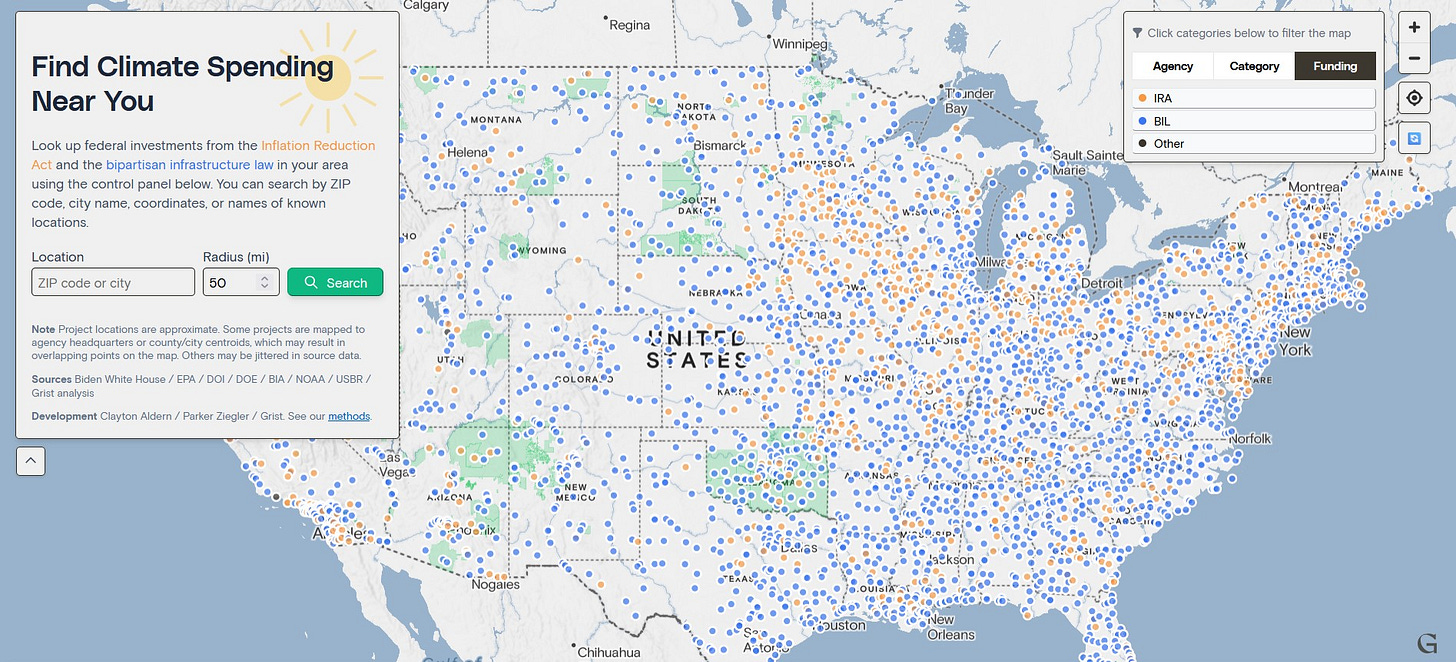
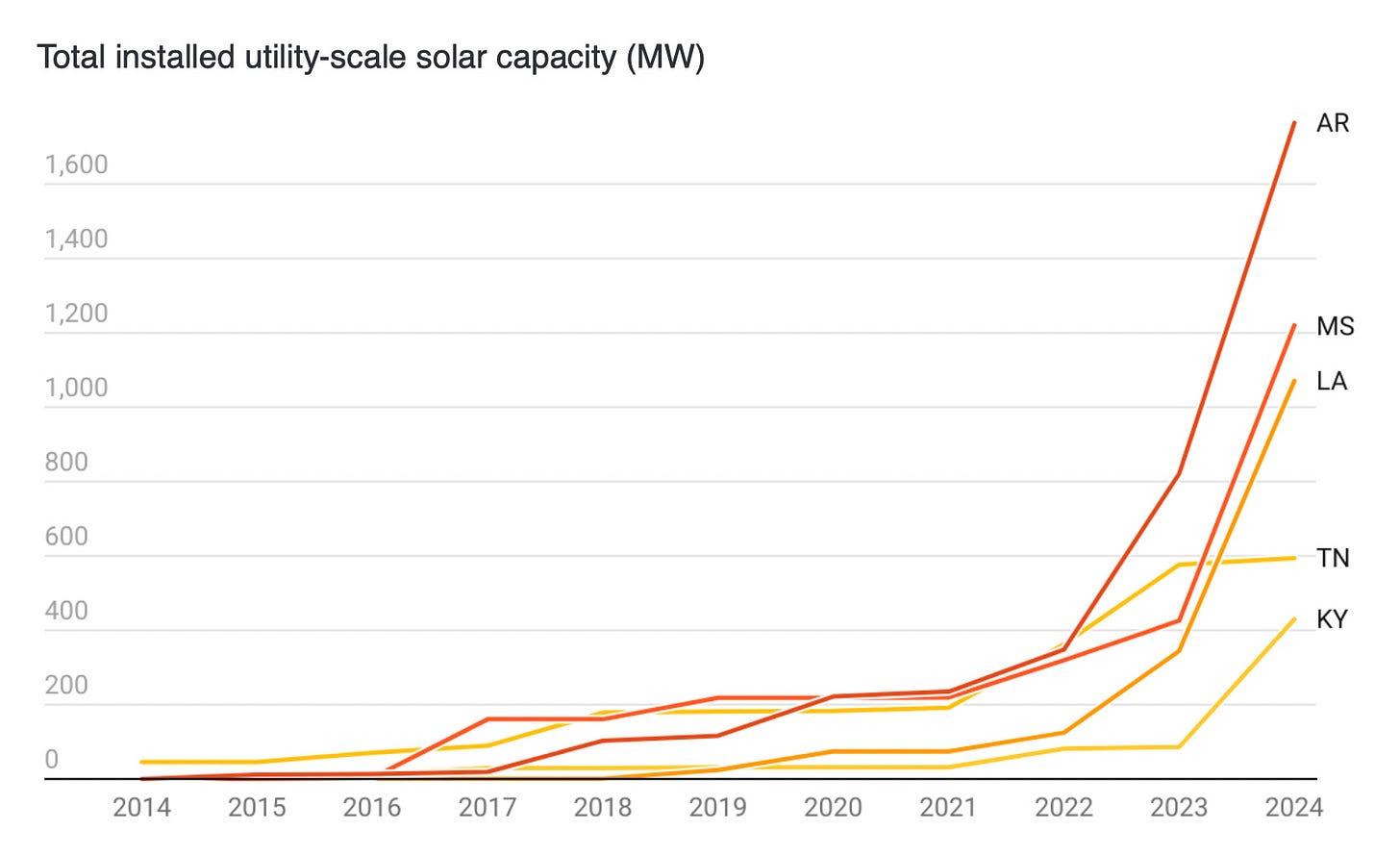

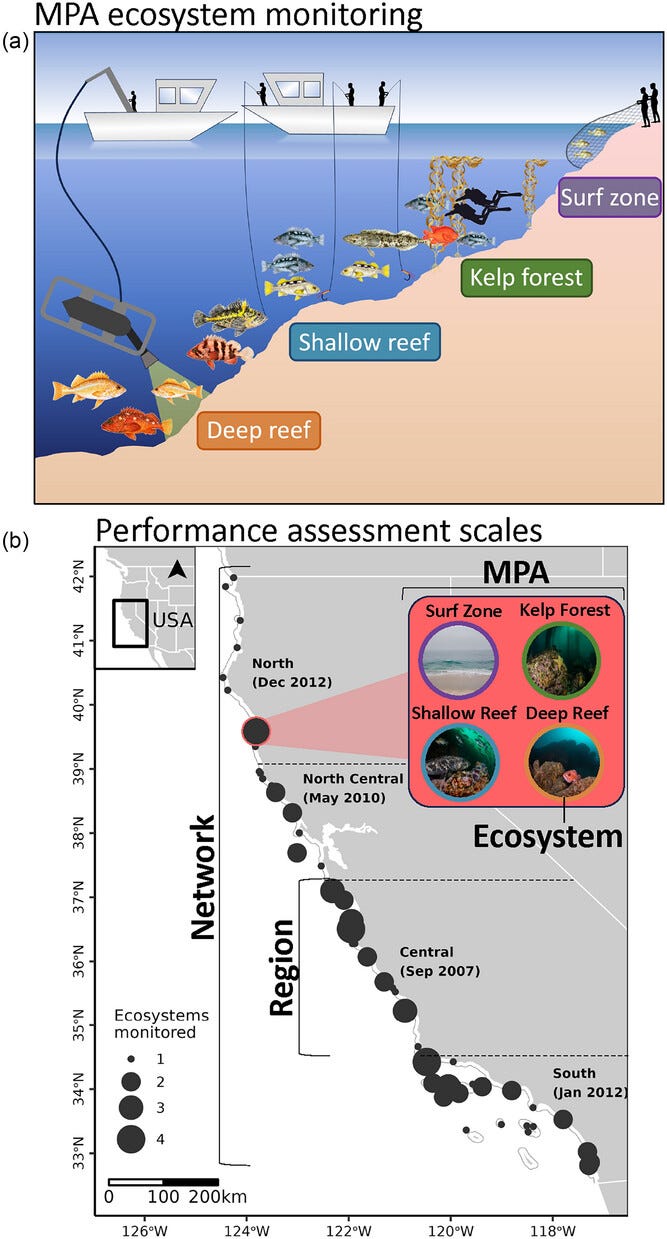
I love the enthusiasm of your reporting, Sam! Great fodder for conversation too.
Another compilation of all the good actions that will make life better for our grandchildren and their grandchildren.